History
-
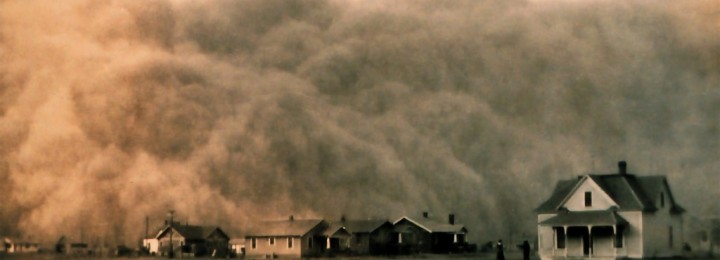
Here is an interesting story about how farmers in the Plains are returning to tilling after years of no-till. The concept of no-till was driven in large part by the Dust Bowl of the 1930s, when tilled fields literally blew away in the strong winds that accompanied the major drought then. The article’s title is…
-
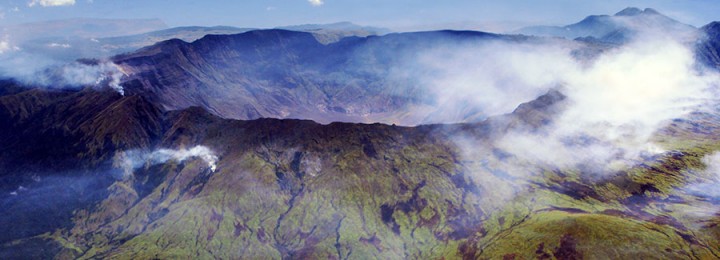
Happy Halloween! Or if you are a Calvinist like me, Happy Reformation Day! Here is an interesting story from Paris Review on the eruption of Mount Tambora 201 years ago and the “Year without a Summer” that brought freezing conditions and atmospheric gloom to much of the Northern Hemisphere. The conditions led Mary Shelley and…
-
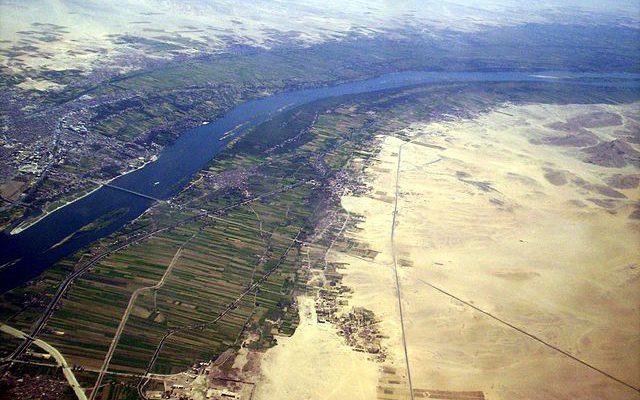
I’ve seen an interesting story this week in a couple of news outlets describing a recent study which linked volcanic eruptions at high latitudes to the flood climatology of the Nile and also to uprisings in Egypt during the reign of Cleopatra. Using ice corp data and climate modeling, scientists were able to link low…
-
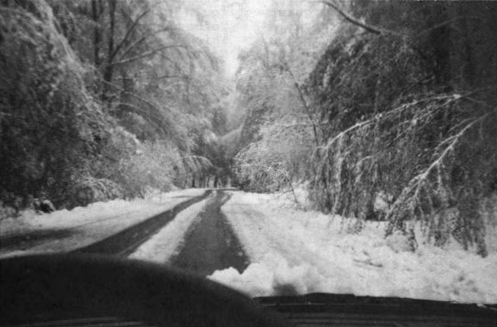
If you’re in the Southeast, your attention has probably been fixed on Hurricane (and now Tropical Depression) Nate moving through the region. But if you are traveling somewhere else this week like I am, you may have noticed that the first big winter storm of the year is set to hit Denver and the Rockies…
-

Many older weather records exist, but because they are stored in ship logs, on paper, or in museum log books, we can’t use them to do modern scientific studies with. If we had access to the data, it would give us a clearer look at long-term weather patterns that we can’t do now. Because of…
-
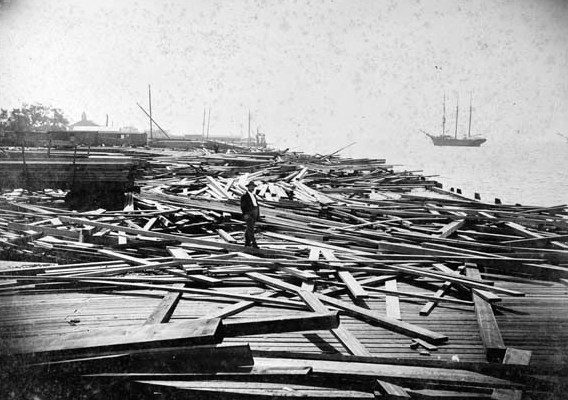
While Irma’s extreme winds have been impressive and have caused catastrophic damage on the islands it has passed over, their effect on the ocean may be even more catastrophic once it gets close to Florida and the East Coast. The combination of low pressures and high wind speeds causes a dome of ocean water to…
-

The Washington Post has an interesting historical look at past devastating hurricanes that have hit the United States today. In early years, people often did not have enough warning to flee before the hurricane hit. More recently, people in the path of the storm did not believe the forecasters and underestimated the effects of the…